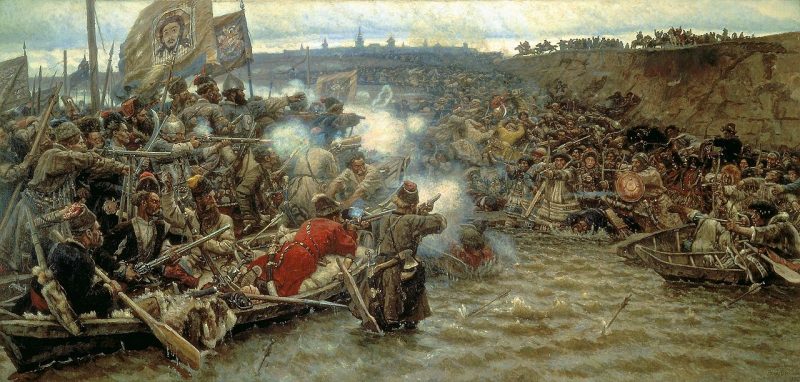While Europeans were colonizing the east coast of the United States, the Russians were colonizing Alaska and the northernmost part of California. Every school child knows the Spanish colonized most of California but what most people don’t know is that the Spanish lands went only as far as the San Francisco Bay area.
North of the Bay were the lands of the Kashay, the natives of the area. A peaceful people, they lived in separate villages but came together for social and political events.
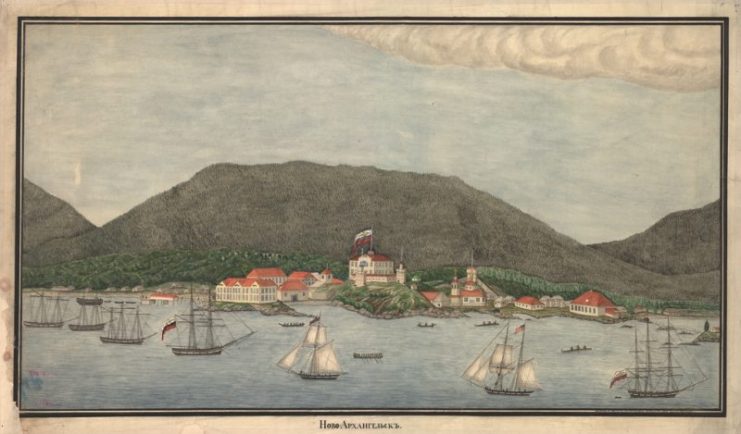
In Russia, during the late 1500s, a band of Cossacks invaded and defeated the central Russian Tartans. They continued to migrate east and eventually conquered Siberia. In search of new hunting grounds near the water in order to harvest seals, otters and other marine mammals, the promysloviki, or Russian fur hunters, crossed the Bering Strait and began to explore the more than two thousand Aleutian islands off the coast of Alaska.
The Russians created a permanent settlement on Kodiak Island in 1784, which led to the formation of The Russian-American Company in 1799, which was granted a charter by Tsar Paul I to manage Russian interests in North America. New Archangel, now called Sitka, was founded in 1799 and became the capital of the area in 1804.
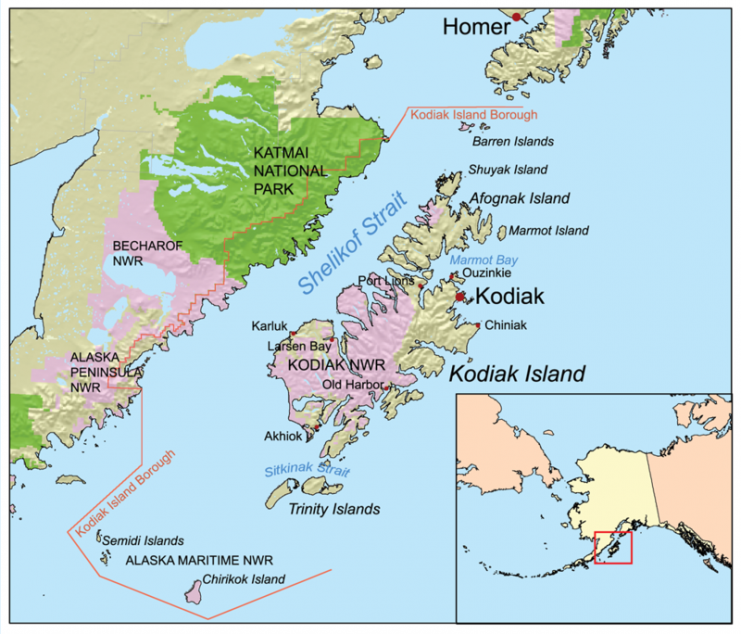
However, it was difficult for the Russians to keep their North American colonies fed and clothed. The Russians had little knowledge of growing crops, and the harsh environment made their situation even more difficult.
During the winter, ships with supplies from the Russian Far East often had trouble sailing in. At times it could take months before another ship could reach port. The winter of 1805 was especially harsh and when Nikolai Petrovich Rezanov, a company representative, visited, he found people suffering from scurvy and starving to death.
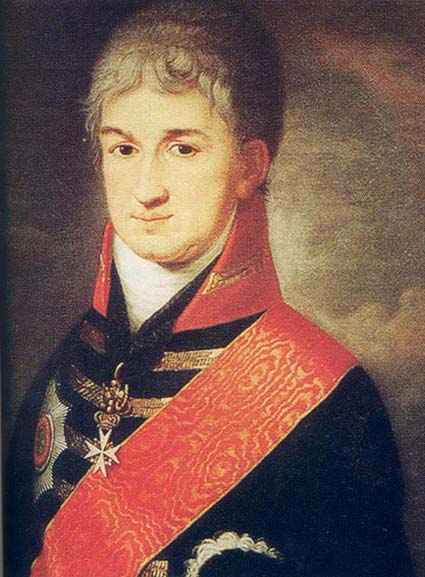
Rezanov was so upset by what he found, he purchased a ship and, although trade with foreigners was banned by the Spanish, he sailed into San Francisco Bay to procure food for the starving settlers. His deeds and actions so impressed the Spanish he was welcomed and was able to set up trade with them.
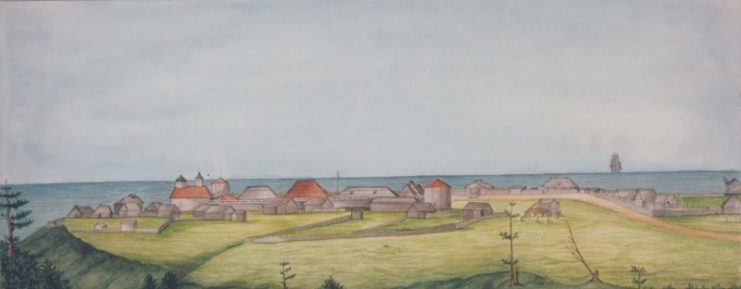
Upon his return to Sitka, he informed the people of a stretch of coastline in California that was practically uninhabited and urged them to set up a base there. A representative was sent to find a suitable spot and in 1811 he found a cove north of Bodega Bay that was surrounded by woods for timber and had a water supply and it was somewhat isolated from the Spanish.
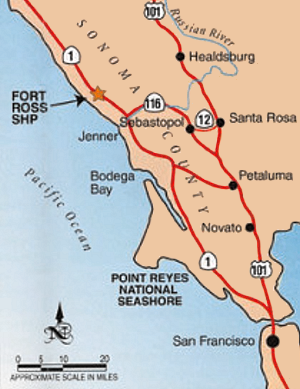
In March of 1812, construction was started on a stockade which was completed in August and by 1820, Fort Ross was functioning and inhabited by the Russians. Soon, an Eastern Orthodox chapel was built and dedicated to St. Nicholas.
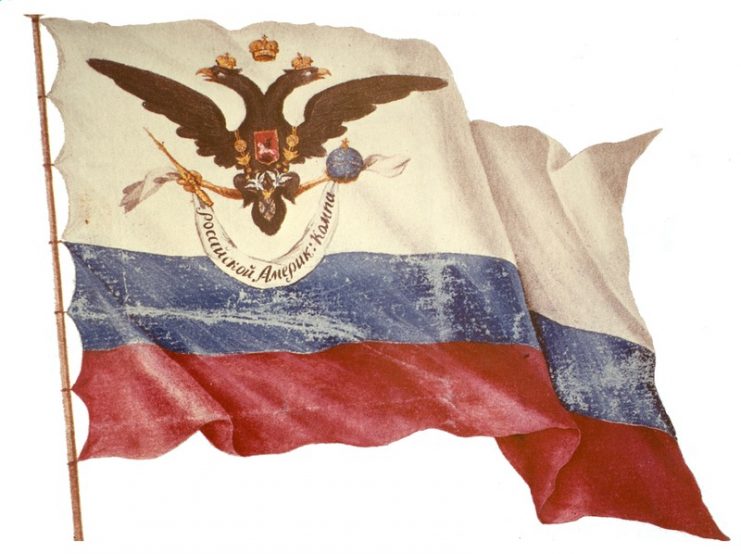
As time went on, the Russians felt safe enough to move outside the stockade and plant gardens and orchards, set up a tannery, bakery, bathhouses and a shipyard. Blacksmiths, coopers and other skilled workman came from Russia to join the colony.
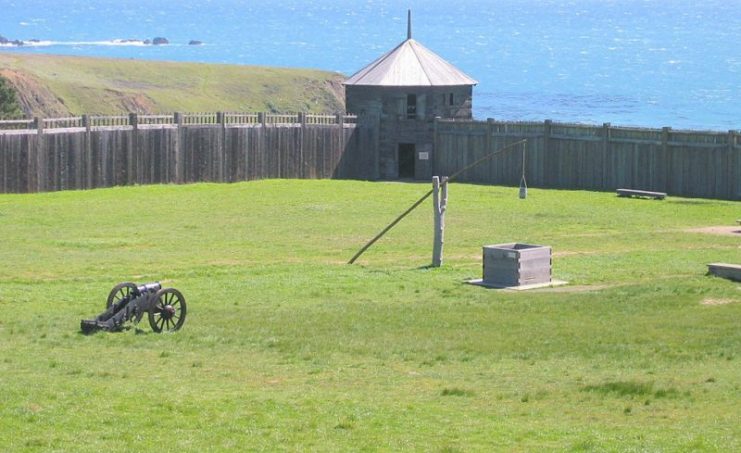
The Russians, the Spaniards, and the Kashay, as well as other local Native American tribes, lived and traded together in peace and began to intermarry.
Farming was still difficult because of the infertile land and lack of knowledge of crop rotation and other farming techniques. The orchards and vineyards, however, were quite successful and still stand today. Several colonists moved farther inland and established ranches and farms and were more successful in raising crops.
By 1840, the Russian-American Company decided to sell Fort Ross. The otter population was almost depleted and new settlers were arriving from the East causing problems as to land ownership. Captain John Sutter, a German settler of Swiss descent in California, bought the fort and all of the buildings and their contents, which he had sent to his fort near Sacramento.
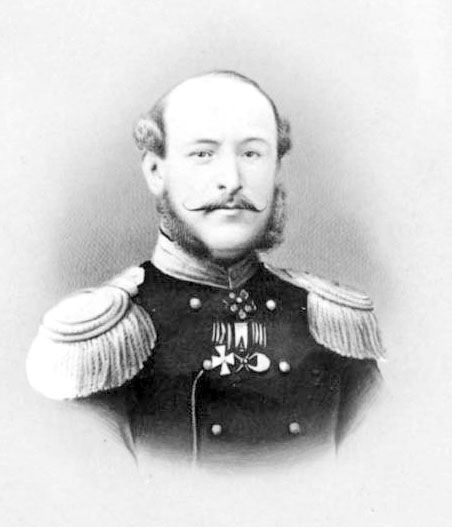
The California Department of Parks and Recreation now owns the property and has restored or recreated most of the fort as a tourist attraction and to tell the story of the Russians in America.
